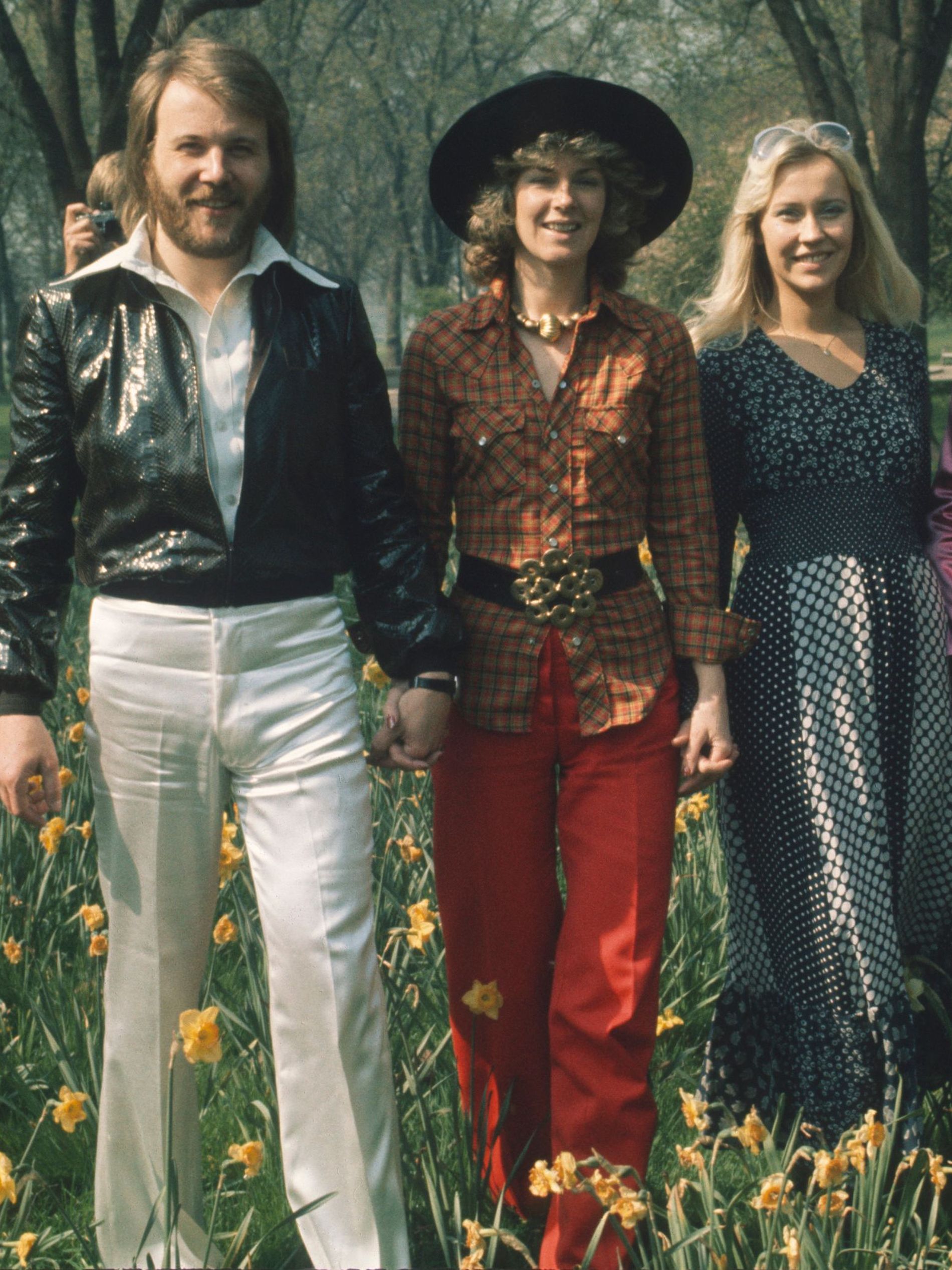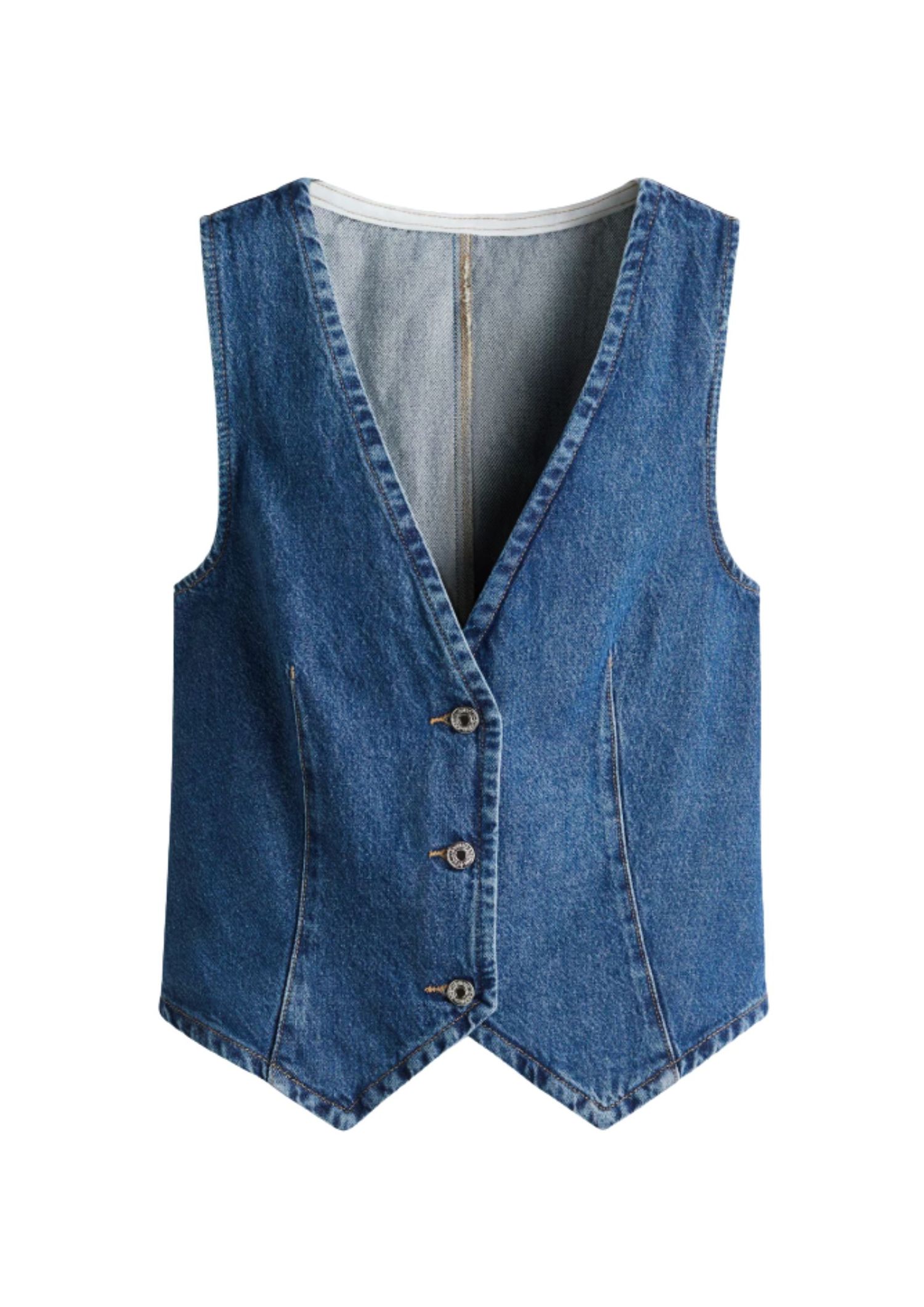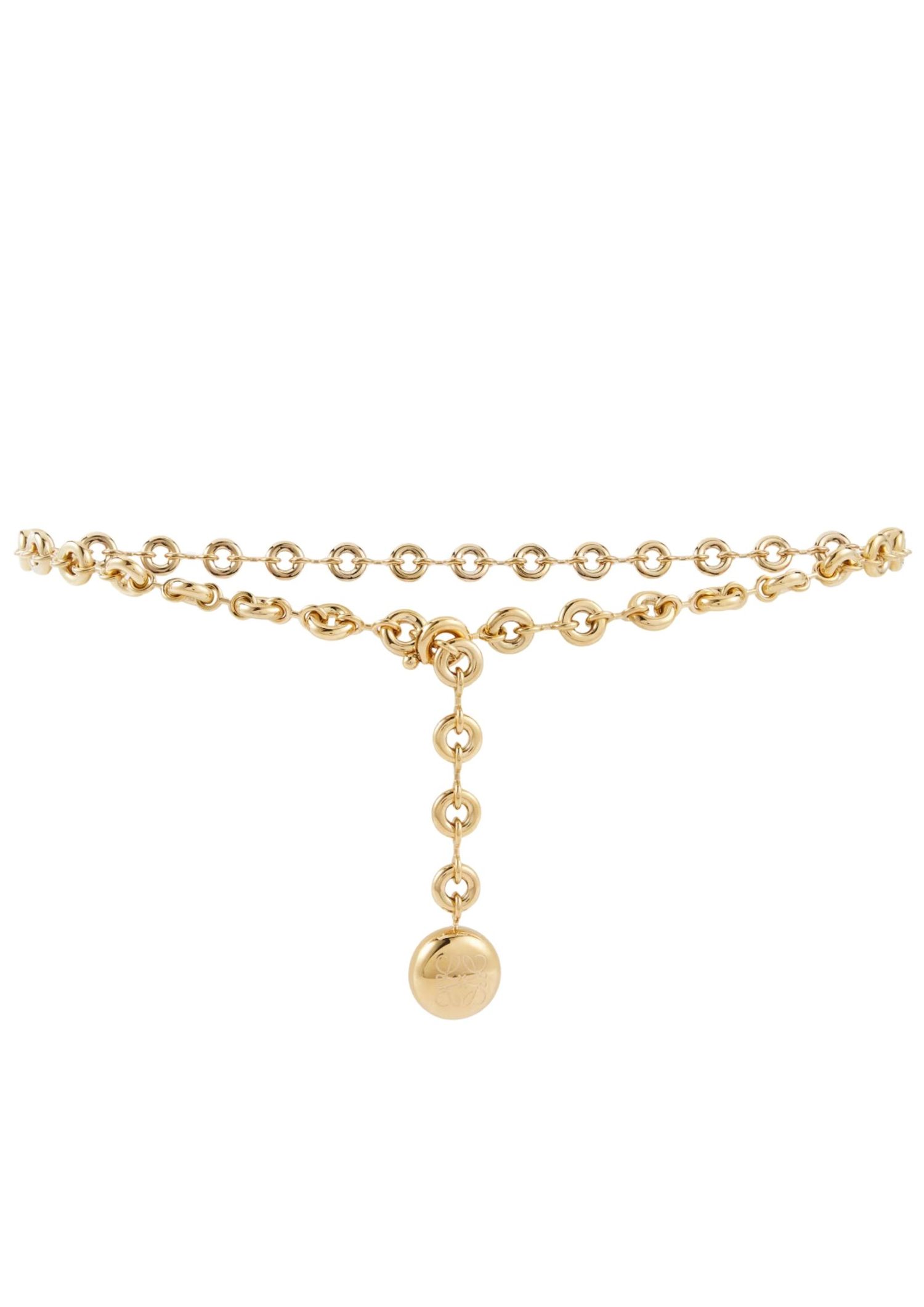Glitter, feathers, spandex – anything went for Scandinavia's most famous pop group
If I could choose one closet to raid, and I mean if I could only pick one, it would be ABBA’s. It would be worth it for Agnetha’s pink jumpsuit with the heart cut-out alone.
No one did it quite like Agnetha, Björn, Benny and Anni-Frid (Frida), dressed to the nines in matching spandex, bedazzled with crystals and feathers, and sky-high platform boots.
Once considered low culture and taboo, the pop group has now transcended the realm of the human world and risen to a status en par with our prized Nordic myths — only more glamorous. The quartet not only shook up the music world, they were also super style troupers, with looks that even today have us thinking “gimme, gimme, gimme.”
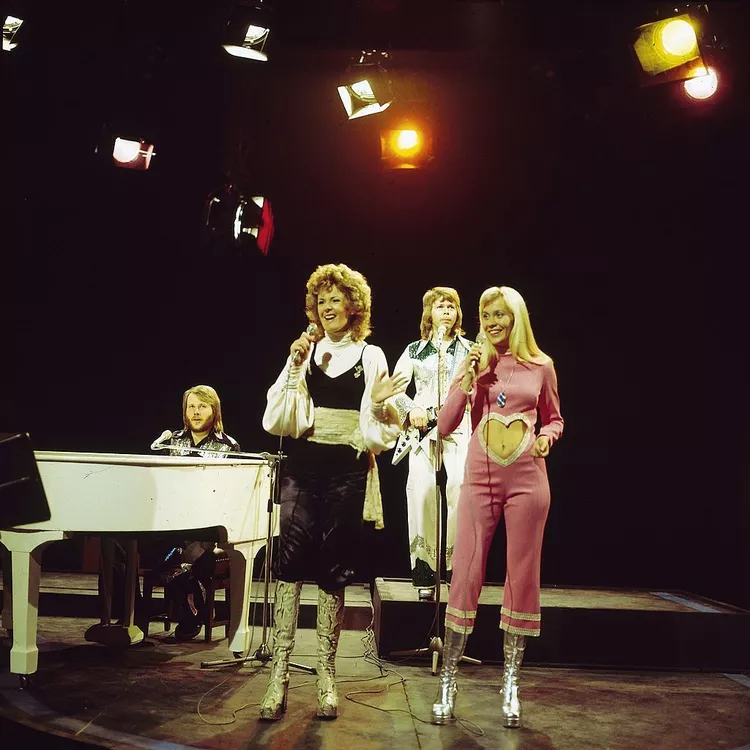
ABBA performing 'Waterloo' on Top of the Pops in 1974, with Agnetha wearing *that* jumpsuit. Photo: Getty
In 1974, the world was introduced to ABBA on one of the most extravagant stages there is: the Eurovision Song Contest. Sweden’s first ever win in the competition brought tones of orange, fuchsia, white, silver and primarily royal blue.
It was an iconic look for making history and was formed after Frida discovered the now classic white jacket with metallic chains at Stockholm store Gröna Moln Och Blått Gräs ("Green Clouds and Blue Grass"). Inger Svenneke – sometimes referred to as Scandinavia’s answer to Vivienne Westwood – was head designer at the shop at the time, and it was she who was commissioned to create the rest of the band's clothes for the Eurovision final.
After ABBA's famous victory, a look was born. From this point on, wide bellbottoms, platform boots, and mix-and-match silhouettes not only emerged as a defining aesthetic for the group, but also became synonymous with the style DNA of Scandinavia.
It was costume designer Owe Sandström and tailor Lars Wigenius who continued ABBA’s fashion saga, conjuring up iconic moments such as the purple and pink full-body catsuits with matching metallic jackets for the 1979 performances of the album Voulez-Vous, as well as the complementary white and silver outfits for the 'Mamma Mia' music video. Glitter! Feathers! Layers! Spandex! Nothing was off-limits, and every look enhanced the otherworldliness of ABBA and their catchy pop tunes.
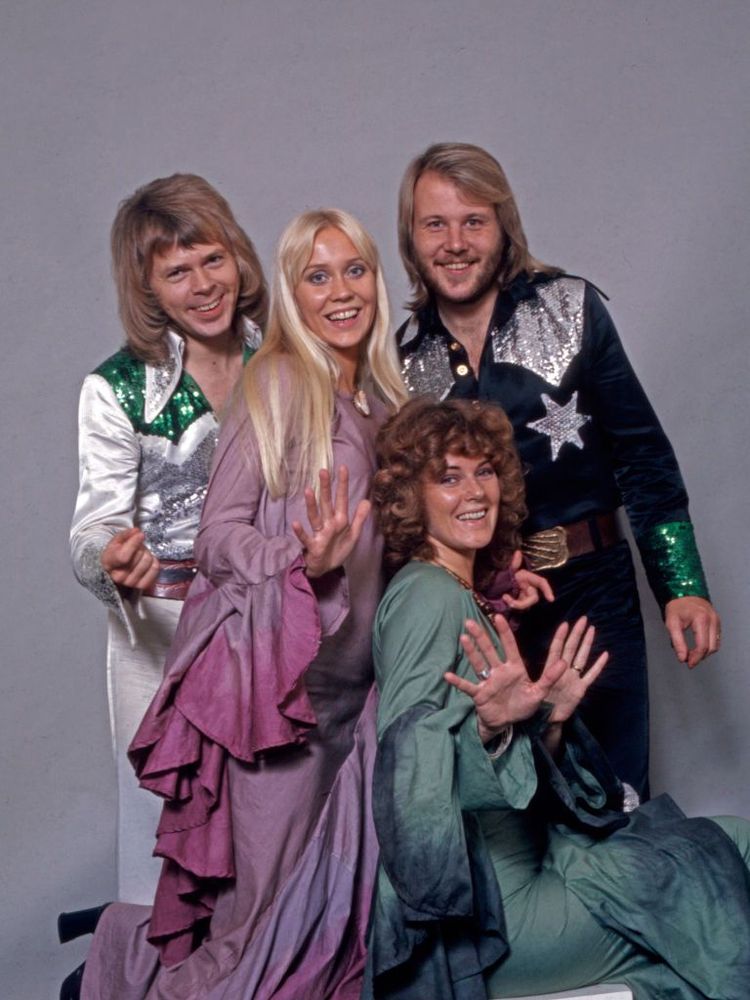
ABBA in Germany in the 1970s. Photo: Getty
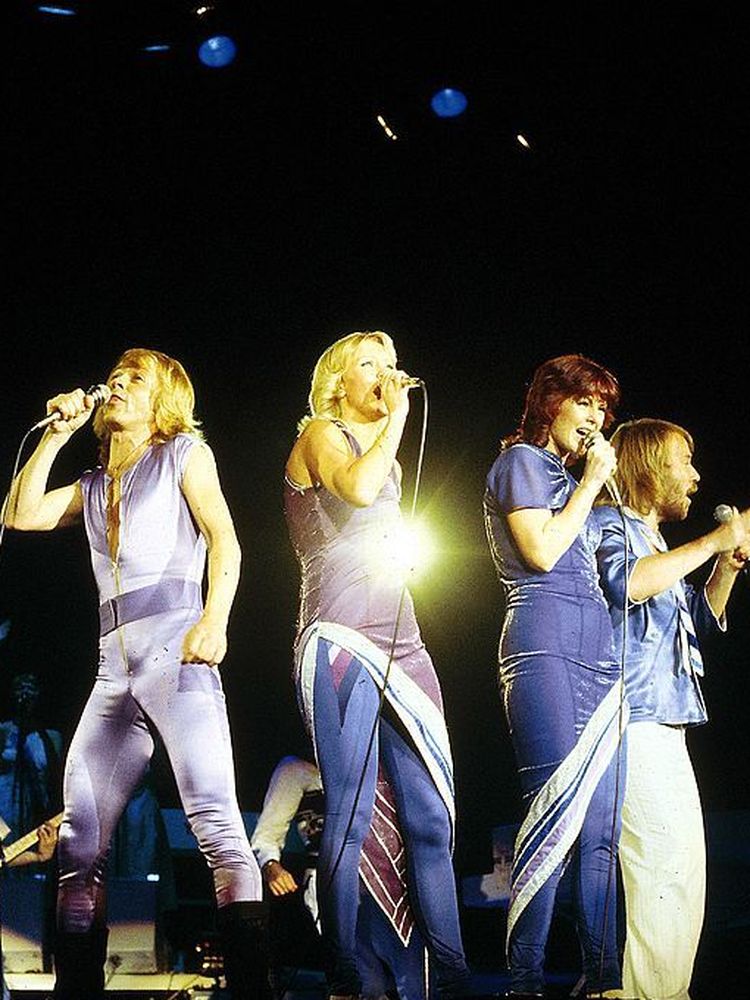
ABBA live at Wembley in 1979. Photo: Getty

ABBA in Copenhagen in 1974. Photo: Getty
If we want to take the Scandi-pride rose-tinted glasses off for a minute, there is a very logical explanation to this fabulous outrageousness. Namely, the Swedish tax system. There was a law that enabled a tax deduction on the expense of costumes if they were so insane that no one in their right mind would think to wear them anywhere else than the stage.
Björn Ulvaues said in Abba: The Official Photo Book, "In my honest opinion we looked like nuts in those years. Nobody can have been as badly dressed on stage as we were." Some may beg to differ with Björn here, but the reality of the situation was that the mix-and-match extravaganza was manufactured for a tax break. Not that that makes the dancing queens and kings' looks any less influential.
Since ABBA's break up in 1981, myriad pop groups have been inspired by the Swedish sensations – whether consciously or not. From Destiny's Child to The Bangles or more recent Eurovision sweetheart Måneskin, ABBA's touch can be found if you look hard enough.
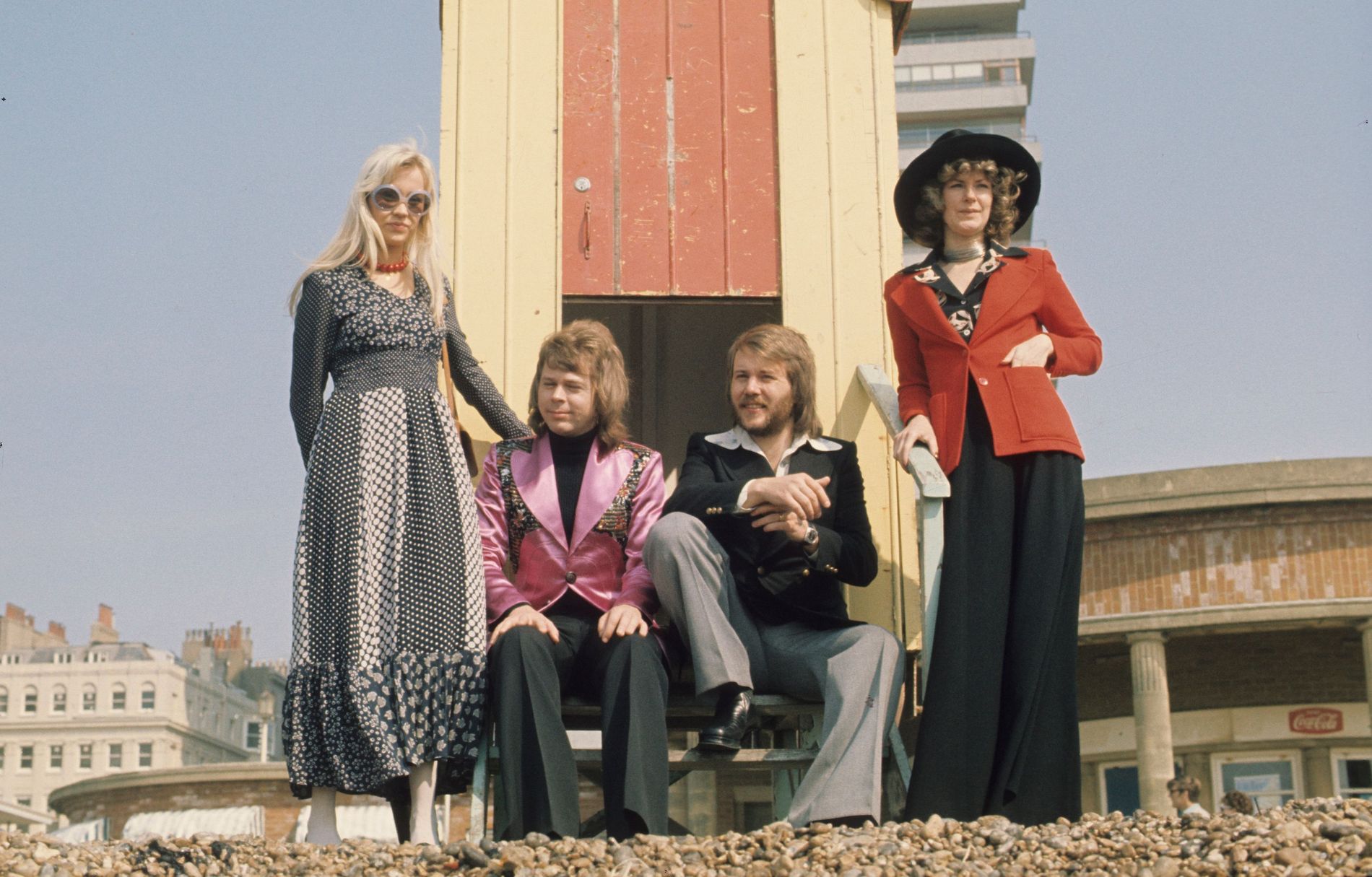
Abba after winning the Eurovision Song Contest 1974 in Brighton, England. Photo: Getty
Top 5 ABBA Songs of All Time:
(*According to our music expert)
- Knowing Me, Knowing You
- Summer Night City
- Lover’s Live a Little Longer
- Super Trouper
- SOS
